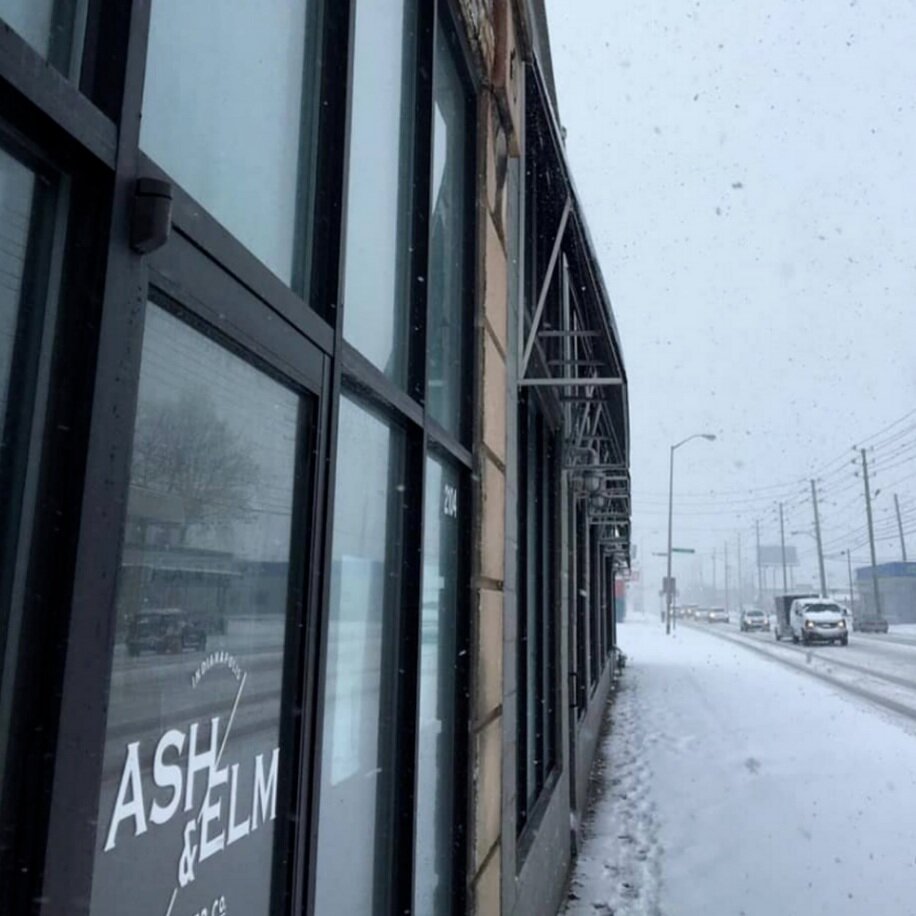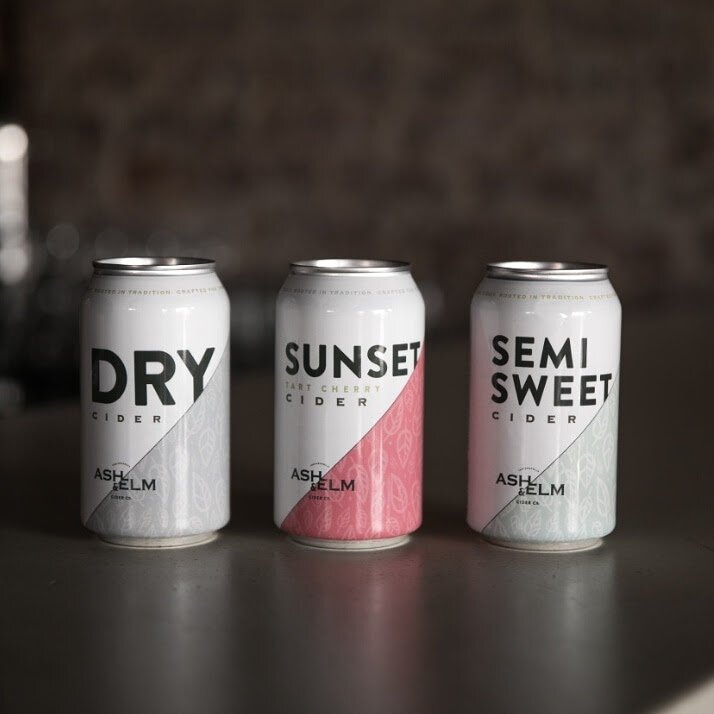It’s hard to believe that five months have passed since our last blog about what it was like as a business owner in the early days of COVID-19. A lot has changed, but, sadly, a lot has remained the same. We’re still fighting the pandemic as a country, with higher rates of infection than there were in April. We still don’t have any sense of how the future will play out. Government support (for both small businesses and individuals) has ended in spite of still not being able to fully function.
I wouldn’t choose to go back to April of 2020 again, ever, but at least it felt like everyone was working together and doing their part to work their way out of a really tough situation. Now it feels like the hard work and sacrifices we all made didn’t really achieve anything, and the only way to navigate our business forward is to pretend things are back to normal and hope our customers will do the same.
Most every small business owner I work with in Indianapolis (which is a small sample of mostly brewery, restaurant, and other hospitality-minded folks) feels the conflict of trying to capitalize on local support, pent-up demand, and extended patios for the time being while looking a couple months into the future and seeing the dreaded winter months barreling toward us. January and February are bleak, not just because of cold weather, but because folks are dieting, giving up alcohol and spending less after over-indulging during the holidays. Most bars, restaurants, and breweries rely on busy summer and fall months to create a cash cushion to sustain losses in January and February. Part of what made the timing of COVID so bad is that we’d just all just gotten through the tough months and were low on cash and then had to shut down for the months that usually help us build back our reserves. Now, we’ve mostly made it through the best parts of our year with limitations on dining and operations, and are headed back into the bleak winter days.
Who wants an ice cold cider?
Without big changes and improvements, we’re in for many more permanent closures in the coming months. I don’t want to end this by saying, ‘So support your local small businesses if you don’t want them to go under!’ because I feel like the government should be stepping in with either a solid plan to get us out of this mess quickly OR with support for families and small businesses (ideally both) and they’re doing neither, but…if you have the means and you care about your neighborhood businesses, they will need help.
Once again I’ve written a blog very different than the one I planned on writing! It’s a much more macro versus micro view, so I’ll get off my soapbox and share some information about how we, specifically, are doing as a business and some of the interesting things we’ve had to manage over the last 5 months.
Our team is mostly back and we’re all healthy. First and foremost, we’ve been able to hire most every full-time staff member back that we had to furlough, as well as the part-time staff who have expressed an interest in coming back. We’ve had to navigate how to handle employees with fevers or coughs, but for the 15-20 COVID tests taken among our staff over the last several months, no one has tested positive. We’re very grateful for a staff full of people who have taken our COVID precautions seriously and have been relieved every time someone’s cold turned out to be just that.
We were really lucky to receive government funding, but it’s gone now. We were truly lucky in that we received PPP funds as well as an Economic Injury Disaster Loan. We used the PPP to keep our production staff and tasting room part-time crew paid and to cover a couple months of rent. We used the EIDL funds to cover other operational expenses. Without both, things would have been MUCH more difficult for us, and we are grateful that we received them. I’m not sure how other businesses who received only one or neither of these funds will be able to navigate the next few months.
Our loyal customers showed up in droves! We’ve always felt like our customers are some of the best around, but the last few months have proved it. When some segments of our revenue dropped to near zero in March, April and May, (distribution sales), other revenue streams increased greatly, especially carryout package. We sold four times the amount of packaged cider out of our tasting room from March to May than we did in those same months in 2019, and it was all one-by-one as customers came in to stock up their cider stashes. We were able to keep from using too much of our cash cushion because of you guys.
Sometimes getting a breather is a good thing. Right before the pandemic, we were anticipating big growth in 2020 (see…DOMINATE). We had paid for 50% of a new fully automatic canning line that would help us quadruple our canned cider output with the goal of expanding into other states regionally and into more grocery stores. We were able to get the canning line delivered to our cidery in early May, and because so many of our revenue streams had ground to a halt, we actually had time to get the canning line up and running smoothly. We moved everything out of the space, treated the floors, installed new plumbing and electrical work and air compressors and CO2 tanks, all in between cider batches, because we had TIME to do it. If we hadn’t had the pandemic, it is truly possible that the canning line would have arrived, we’d have set it up quickly without the right tools because we needed to use it, and we’d still be running it rough-shod today. Having a moment to breathe in the midst of our usually-busy schedule really helped get us into a good place by the time June rolled around. Which is a really good thing because….
We’ve had three of our biggest months ever all in a row. I almost feel bad talking about it because I know that this isn’t really the norm, but we’ve had bigger revenues the last three months than we’ve ever had before. Part of it is making up for our worst month ever in May. Part of it is that when every restaurant and bar and liquor store is opening again for the first time in months, they all need your product at the same time. A big part of it is that we were already on a serious growth curve and with a semi-return to normalcy, we’re simply catching up to where it would have been without the pandemic. And I think another part of it is that we’re making some of the best ciders we’ve ever made - our Cider of the Month program has blown up this year with great flavors like Mango Lassi, Margarita (so popular we had to apologize to our customers for how nuts things went, we ran out a few times, and we’re doing a re-release next week!), Strawberry Lemonade, and Watermelon.
So here we are. We’re doing okay. Our team is doing okay. We are optimistic about our growth as a business and what the future holds in the short and long term, but the medium term is still murky. Support your local small businesses, take care of each other, and don’t forget to VOTE in November!


